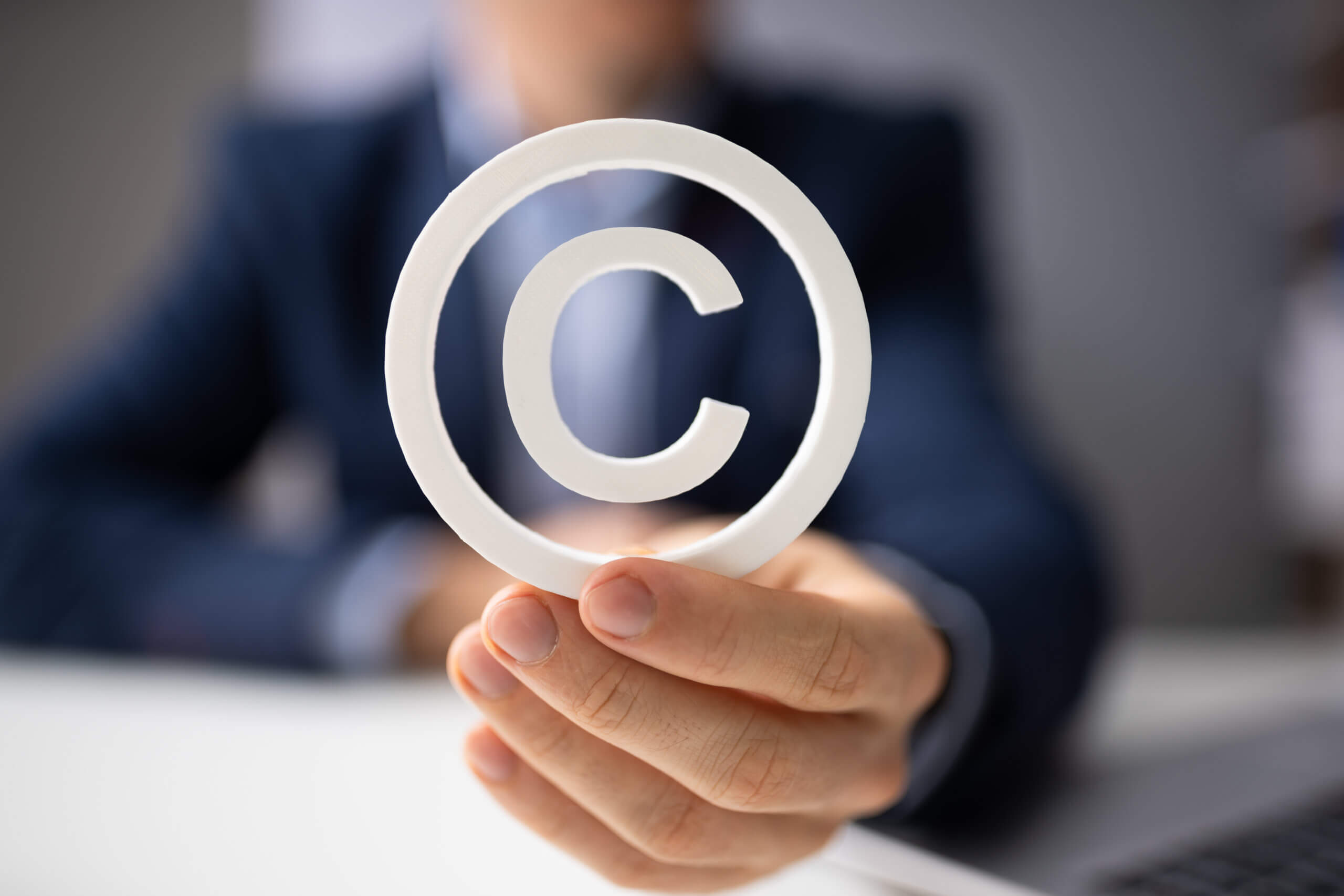What this is: Owners or rights holders of a US copyright may enter into agreements that assign, grant, mortgage or, in some other way, transfer their ownership to another party, even if the copyrighted work has not been registered.
What this means: In most cases, it’s not mandatory to record these agreements at the U.S. Copyright Office (USCO) – but there are compelling reasons to do so. If you opt to record your documents at the USCO, below are a few tips that can help smooth out the process.
Why Record Assignments with the USCO?
Aside from being a requirement for perfecting a security interest in registered, copyrighted works, recordation of documents related to copyright ownership can be worth the effort for a few reasons:
- Establishes priority between conflicting transfers (under certain circumstances). The USCO maintains copies of recorded documents, which can be accepted in court as authentic evidence of the original. That said, the USCO does not review ownership documents for legal sufficiency or interpret the content and it does not screen for errors or discrepancies. It is the responsibility of the parties to an agreement to ensure the document’s legal sufficiency as the USCO may record the document, even though it may have no legal effect.
- Establishes a public record of the contents of the transfer or ownership document. The USCO indexes the information contained in recorded documents in its catalog, and both the catalog and underlying recorded documents are available for public inspection (review, searching, photocopying etc.)
- Provides ‘constructive notice’ (when specific conditions are met). Upon recordation of a document with the USCO, the general public is presumed to have knowledge of the facts stated in the recorded document and cannot claim otherwise.
Before recording a transfer of copyright ownership or similar agreement, it’s highly recommended that you read the USCO’s Circular 12 on Recordation of Transfers and Other Documents for greater detail on the recordation process and requirements.
Recording Ownership Documents Can Take a Long Time
With the benefits above, you might wonder why anyone wouldn’t record their documents with USCO. The most important fact about the recordation process to be aware of is that it takes a long time to record an ownership document at the Copyright Office. Current regular USCO processing time for recording is approximately 10 months, and it has been known to take a year and a half…or longer.
Why does it take so long?
Although modernization efforts are underway, the USCO does not yet have an online submission process for ownership documents as it does for copyright registrations. Recording them is a very labor-intensive, paper-driven process, as filings are either mailed in or submitted by hand at the Public Information Office (PIO).
Tips for Recording Documents at the USCO
In the meantime, there are some ways that remitters of ownership documents can make the recordation process go more smoothly and perhaps, a little faster.
- Request expedited service. While there is a special handling fee of $550 (in addition to regular recordation fees), expedited service cuts wait time down from many months to several weeks.
- Submit documents by hand. Mailing in documents tacks on additional delays as all mail is screened offsite. Cut further time by picking up recorded copies in person once completed.
- Include a transmittal letter. This can be date-stamped by the PIO and serve as proof of your hand-delivered filing submission.
- Be sure your document is complete, legible and accurate. Missing or incorrect information and illegible photocopies will further slow the process. Circular 12 also specifies that a recorded document must be “complete by its own terms”. This means they will not accept, for example, a Certificate of Name Change accompanied by a schedule of affected copyrights without a Declaration or Statement of Fact tying the two pieces together.
- Make sure the signature requirement is properly met. Submit an original ‘wet ink signature’ document or sign the certification on the document cover sheet.
- Include the correct filing fee. Check the Copyright Office website for the right amounts. Payment is accepted by check or through the use of a deposit account.
- Strategize your filing submissions. Several filings with fewer than 100 titles can be processed faster than one with hundreds of titles.
- Utilize an Electronic Title List. The USCO encourages the use of an Electronic Title List (ETL) to speed processing time for schedules containing more than 100 titles. ETLs can be submitted using the USCO’s template or in an Excel format following strict requirements outlined in Circular 12. Note that an ETL does not replace the paper schedule or become an official part of the recorded document, but it will aid in creating the online index. Plus, the USCO offers steep discounts for filings that use the ETL.
By following these tips, the recordation process can be made more tolerable for everyone involved as we await the changes to come from the U.S. Copyright Office’s modernization efforts.
With over 40 years of expertise, Cogency Global excels in locating exactly what you need for UCC, lien searches, and document retrieval across the US.
This content is provided for informational purposes only and should not be considered, or relied upon, as legal advice.
Leave Us A Comment
Did you find this article useful? We'd love to hear your thoughts. Join the conversation by leaving a comment or question below.




how do I obtain a copy of the Copyright Securities Agreement from the copyright office? Is it something I can do myself through their online portal, or do I need to make a request through them and pay? Thank you for your help
Hi Nessy, Plain copies of documents previously recorded at the US Copyright Office, like a specific Copyright Security Agreement, can normally be obtained on-site at the Copyright Office at minimal cost, but they are currently closed to the public. Plain or Certified copies can also be ordered directly from the USCO for a fee, by emailing copycerts@copyright.gov, but expect significant delays due to backlog and teleworking employees. These documents are not currently available online.
Hi Andy! Very useful your article, thank you for sharing. I am in a team of lawyers in Colombia, do I need a US lawyer to do the recordation? Thanks in advance for your answer.
Thank you for your comment. While we cannot provide legal advice, it is our understanding that the US Copyright Office does not examine recordation documents for legal validity, and we have successfully filed documents drafted by, and/or submitted to us by non-US parties.